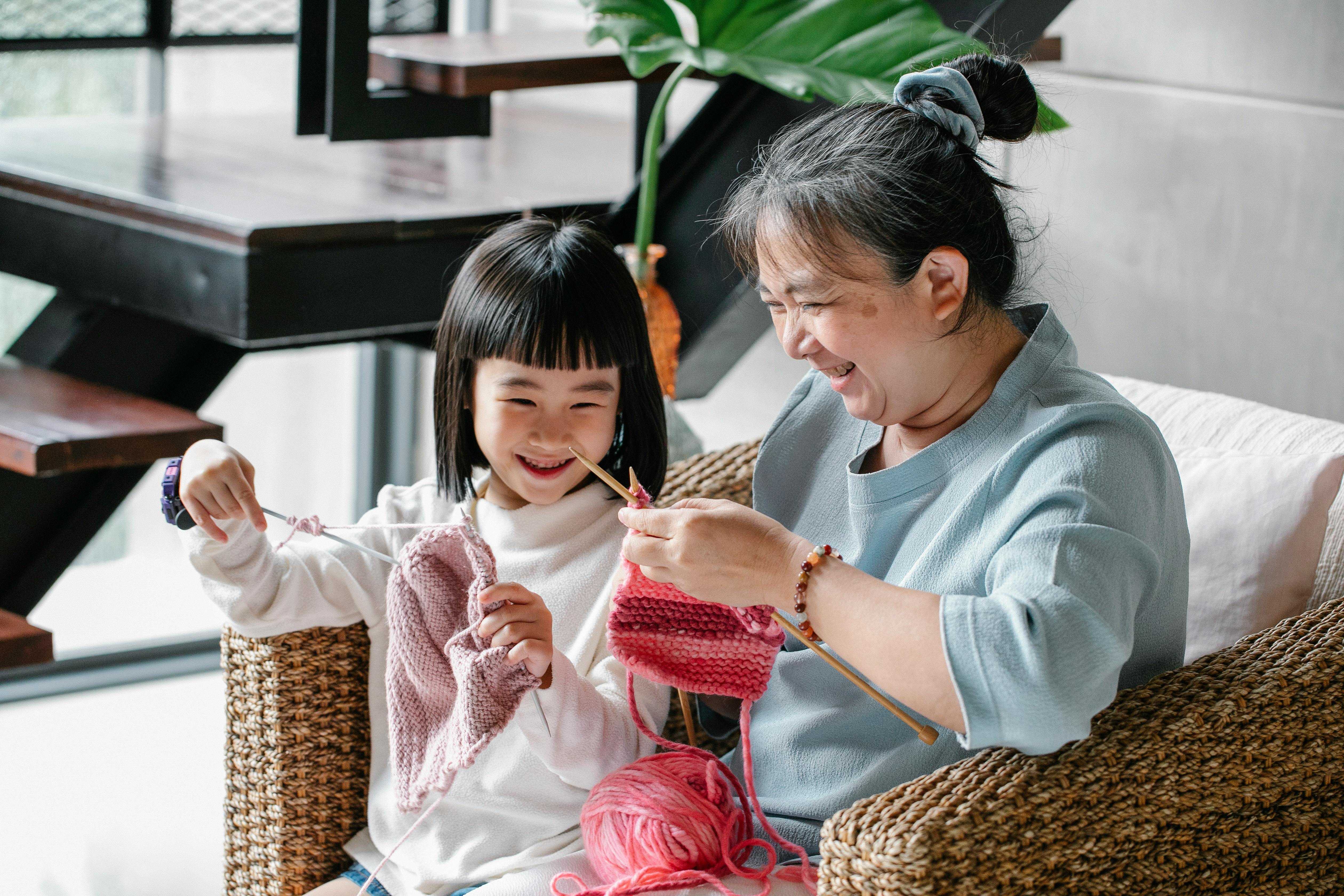Teddy bears are natural tools for curing all kinds of mental health problems. As a licensed clinical social worker, I have spent many years teaching professionals how to organize these cute and attractive toys into a model that can be very effective in gathering information extremely quickly in a treatment session. I’ve heard stories about the benefits of sleeping with a teddy bear, gifting teddy bears to trauma victims, and to Holocaust survivors who cling to teddy bears as a supportive lifeline. The teddy bear, despite more than a hundred years since its origin, is still viewed as a single object, and little research has been done to demonstrate its efficacy organized in a model to heal pain and loss beyond simply holding on. the bear. The teddy bear originated around the same time as psychology, but the teddy bear was developed as a children’s toy for boys, while psychology originated as a method of healing the minds of wealthy middle-aged women. Psychology has expanded over the years and is now considered a method of working with people of all ages, groups, classes, and income groups.
The teddy bear has continued to be seen as a single object for children to hold and grasp. Teddy Bear Therapy as a model has remained stagnant. Aside from describing the benefits of holding a teddy bear, naming the teddy bear, and talking to the teddy bear for comfort, it has been overlooked as a model for evaluations and interventions, or as a model for play therapy. for adults. In fact, it has not even been seen as a model, it has been seen as an individual object. An evidence-based model for applying teddy bears was developed at a community mental health center in Georgia. This model demonstrates tips and tools for social work, marriage and family counseling, and psychology for working with people of all ages, races, and socioeconomic groups. The model is interactive and extends clinical training from viewing the teddy bear as a single object, to viewing the teddy bears as a model that goes beyond simply naming the bear and projecting onto the bear, to a tool It can give clinicians objective methods of measuring subjective thoughts and feelings.
More than seven years of applying this model with adult substance abusers, adults released from prison, adults and children who have been sexually abused, and with women who have lost their children to social services, only to repeat generational patterns, has shown power and speed. method that teddy bears organized as a model can have to create change quickly. The benefits of modeling teddy bears to identify problems, heal grief and loss, and demonstrate measurable results are enormous. The biggest benefit is the speed with which this model can generate change with adults and children of both sexes.
